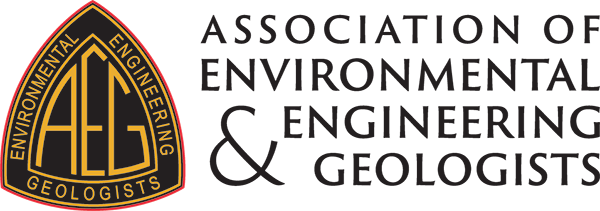Anna Saindon, P.E., R.G., Ph.D., Member, AEG St. Louis Chapter
Environmental Senior Project Manager – Geotechnology, Inc.
Part 1 covered underground storage tank basics and closure by removal. Part 2 covers complications to tank closures by removal and discusses the basics of in-place tank closures. Some complicating issues when removing tanks include adjacent structures, utilities, poor subsurface conditions, and disruption to site activities. In these instances, in-place closures may be the preferred option to keep operations going while staying safe and costing less than tank removal.
Challenges to Tank Removals
Maintaining the structural integrity of adjacent building foundations becomes an expensive condition for tank removals due to the added cost and time to properly shore the excavation while performing the removal (Figure 1). Similar issues occur if the tank is adjacent to a property boundary, roadway, or a retaining wall. Utilities that cross over or near the tank would require protection and care before and during excavation activities.
If the tank removal is being conducted on an active site, or if the tank is in or near a roadway, other tanks in use, fuel pumps, or in an area of work, there could be a large disruption to the business or safety issues for multiple parties if removing the tank (Figure 2).
